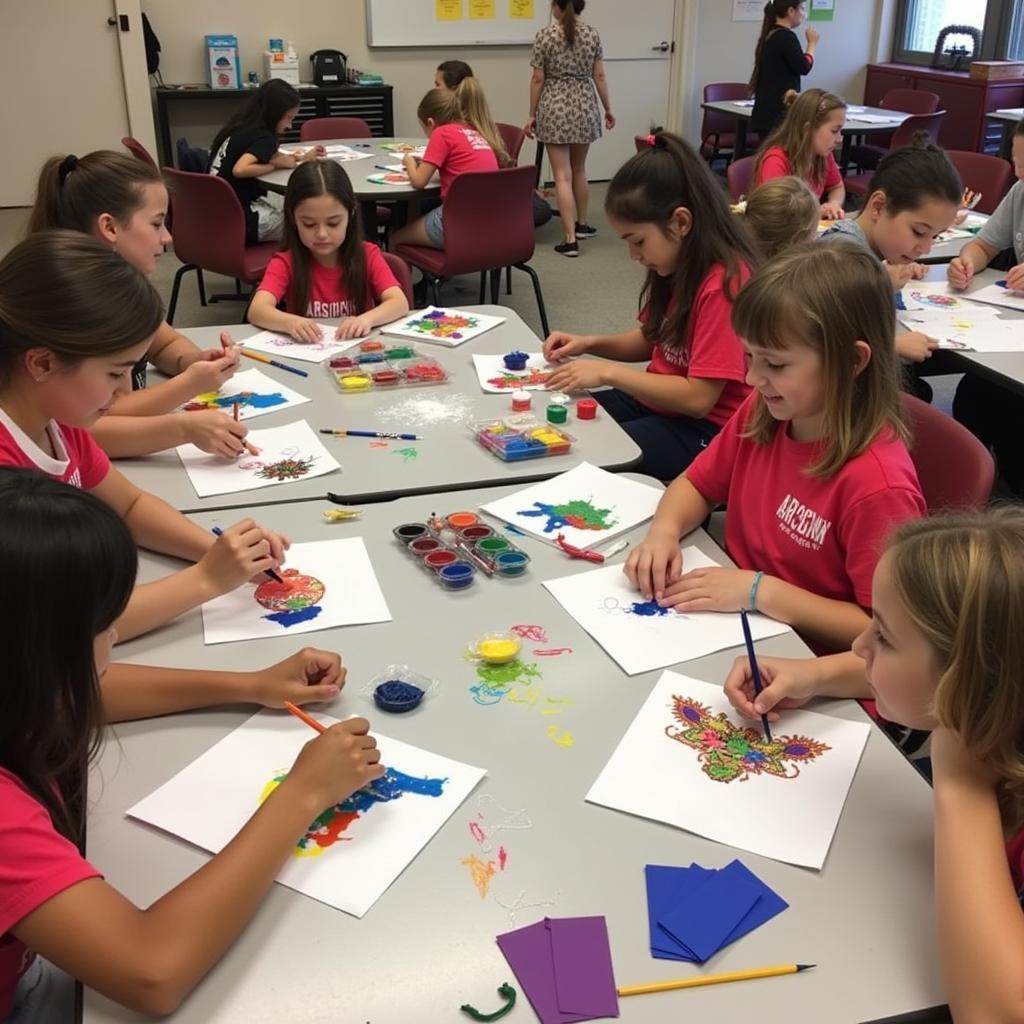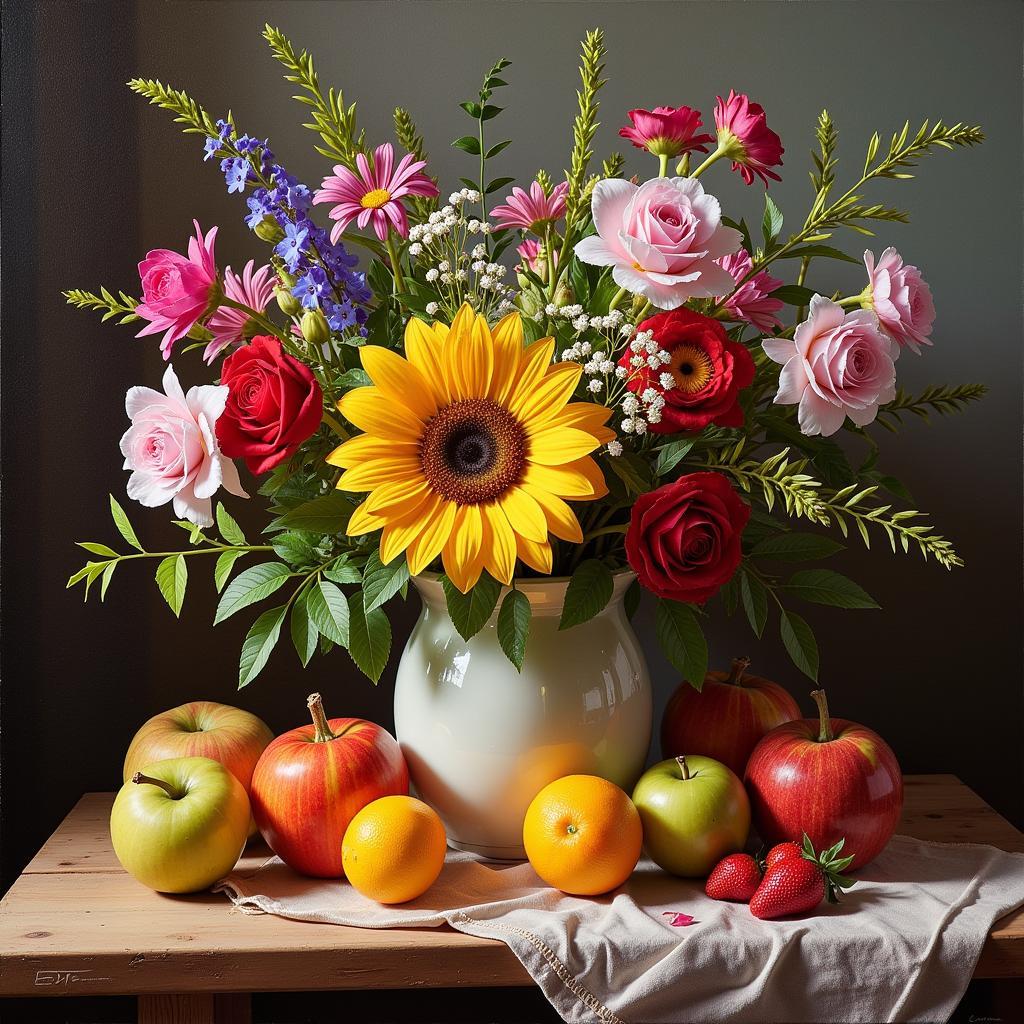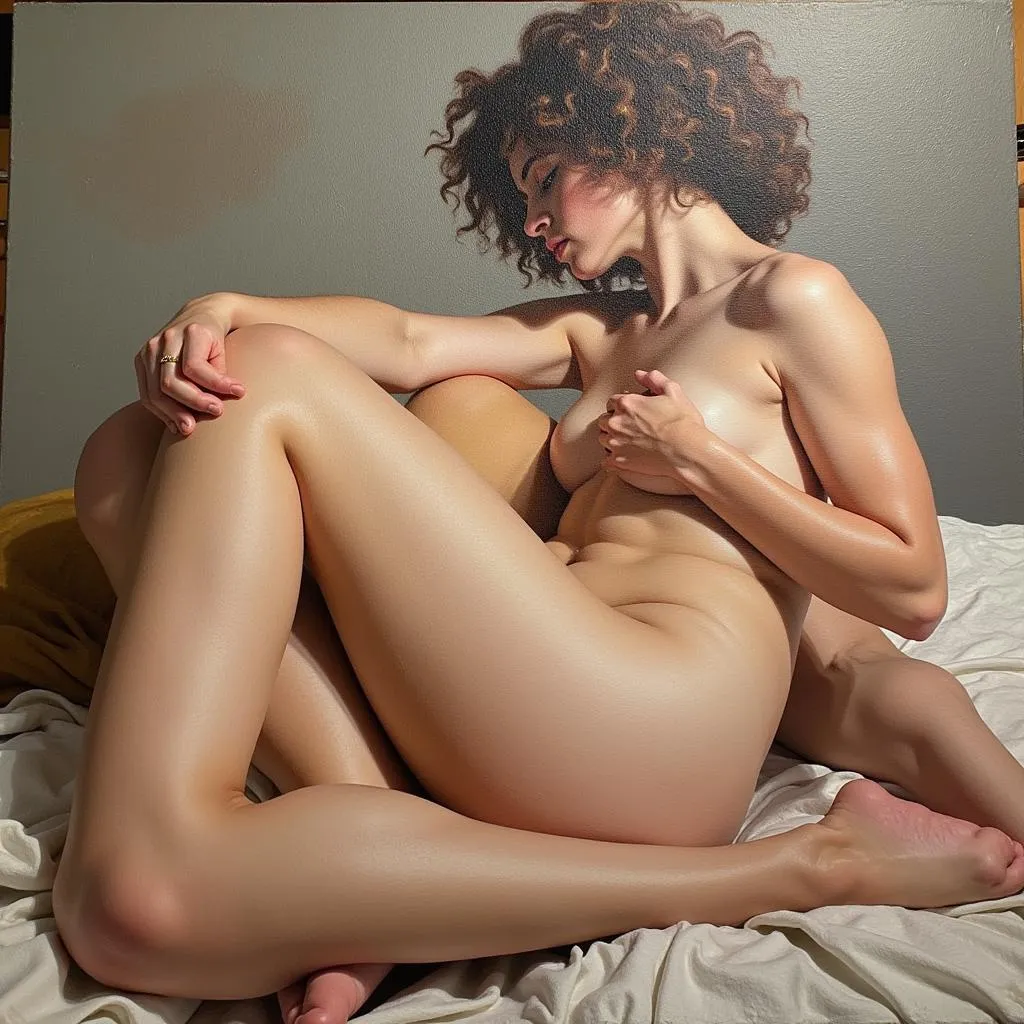Art Vocabulary Word Search Answers: Your Guide to Art Terminology
Have you ever encountered an art vocabulary word search and found yourself stumped? Don’t worry, we’ve all been there. Art terminology can sometimes feel like a whole new language, but unlocking it can deepen your appreciation and understanding of the art world. This article provides comprehensive “Art Vocabulary Word Search Answers”, exploring common and essential terms, and offering tips to help you conquer those challenging puzzles.
Deciphering the Art Lexicon: Why Art Vocabulary Matters
Understanding art vocabulary is like having a secret code to unlock the meaning behind artistic creations. It allows you to decipher the artist’s intent, analyze their techniques, and engage in meaningful conversations about art.
Common Art Vocabulary Word Search Answers: A Glossary of Essential Terms
Let’s break down some frequently appearing terms in art vocabulary word searches:
- Abstract: Art that doesn’t depict objects or scenes realistically, but uses colors, shapes, and forms to express emotions or ideas.
- Balance: How visual elements are arranged to create a sense of stability and harmony.
- Composition: The arrangement of elements within a work of art, including their placement, size, and relationship to each other.
- Contrast: The difference between elements, such as light and dark, rough and smooth, creating visual interest.
- Focal Point: The area of an artwork that draws the viewer’s eye first.
- Form: The three-dimensional shape of an object, or the illusion of three dimensions in a two-dimensional artwork.
- Hue: The pure form of a color, without any black, white, or gray added.
- Line: A mark made by a pointed tool, used to define shapes, create texture, and guide the viewer’s eye.
- Medium: The materials used to create an artwork, such as paint, clay, or charcoal.
- Perspective: The technique of creating the illusion of depth and distance on a flat surface.
- Texture: The way a surface feels or appears to feel, such as smooth, rough, bumpy, or soft.
- Value: The lightness or darkness of a color.
Beyond the Basics: Exploring More Art Vocabulary Word Search Answers
As you progress, you’ll encounter more specific terms related to art movements, techniques, and historical periods. Here are a few examples:
- Chiaroscuro: (Italian for “light-dark”) A technique used to create strong contrasts between light and shadow, often employed in Renaissance painting to create dramatic effects.
- Collage: An artwork created by assembling different materials, like paper, fabric, or found objects, onto a surface.
- Expressionism: An art movement that emphasizes the artist’s subjective emotions and inner experiences, often characterized by distorted forms and expressive brushstrokes.
- Impressionism: An art movement that emerged in 19th-century France, focusing on capturing the fleeting effects of light and color in a scene.
- Surrealism: An art movement that explores the realm of dreams and the unconscious mind, often featuring bizarre imagery and illogical juxtapositions.
“Understanding the vocabulary of art allows us to communicate more effectively about the nuances of a work and appreciate its complexities on a deeper level,” notes art historian Dr. Emily Carter.
Tips for Conquering Art Vocabulary Word Searches
- Start with the basics: Familiarize yourself with common art terms before tackling more challenging puzzles.
- Look for visual clues: Use the provided word list and scan the puzzle grid for recognizable letter patterns.
- Break down the words: If a long word seems daunting, try breaking it down into smaller, more manageable parts.
- Utilize context: Pay attention to surrounding words and clues within the puzzle to help you identify unfamiliar terms.
- Don’t be afraid to research: If you encounter a term you don’t know, take a moment to look it up.
Expanding Your Artistic Horizons
Mastering art vocabulary not only helps you excel at word searches but also enhances your overall understanding and enjoyment of art. By familiarizing yourself with key terms, you unlock a world of visual literacy, enabling you to engage with art on a deeper level and appreciate the diverse expressions within the art world.
FAQs about Art Vocabulary
-
Q: Where can I find more art vocabulary resources?
A: Art textbooks, online glossaries, museum websites, and art history books are all excellent resources.
-
Q: How can I improve my art vocabulary retention?
A: Use flashcards, create your own word searches, or try incorporating art terms into your everyday conversations.
Need further assistance with art terminology or have other art-related queries? Contact us at Phone Number: +84 24 6257 3573, Email: danteum@gmail.com or visit us at Savico Megamall, 7-9 Nguyen Van Linh Street, Gia Thuy Ward, Long Bien District, Hanoi 10000, Vietnam. Our dedicated customer support team is available 24/7 to assist you.



